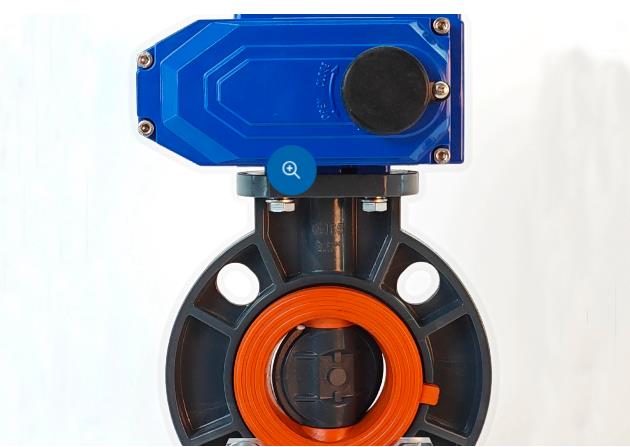Introduction
Replacing a dryer vent cover may not sound like a big deal, but when you actually start the job, you realize it’s not something to do casually without preparation. Between sharp metal edges, dust, lint buildup, and the awkward spots where these covers are installed, it’s easy to get hurt or frustrated if you don’t plan ahead. That’s where safety gear comes into play—it protects you, makes the job smoother, and prevents costly mistakes. If you’re working on a project like this, always remember that safety comes first. At the heart of it, that’s what makes Clovis Dryer Vent Cover Replacement not only effective but also secure.
1.Why Safety Gear Matters More Than You Think
Most people look at a dryer vent cover and think, “It’s just a small cap on the wall, why bother with gear?” But here’s the truth: what seems simple can quickly turn messy. Lint can puff out into your face, the vent edges can slice your hands, and climbing a ladder without the right shoes is a fall waiting to happen. Safety gear acts like your invisible teammate—it won’t do the work for you, but it will make sure you walk away from the job in one piece. Think about it this way: would you cook on a stove without oven mitts? Probably not. The same logic applies here—why risk your well-being over a piece of equipment that’s designed to be replaced safely with the right protection?
2.The Essentials: What to Wear and Why
Here’s a breakdown of the must-have safety items you should consider before starting your Clovis dryer vent cover replacement project:
| Safety Gear | Why It’s Needed | Extra Tip |
|---|---|---|
| Gloves | Protects hands from sharp edges and dirty lint | Go for heavy-duty but flexible gloves |
| Safety Glasses | Shields your eyes from dust, lint, or debris | Choose anti-fog if working outdoors |
| Dust Mask | Keeps you from inhaling fine particles | A simple disposable one works fine |
| Non-Slip Shoes | Prevents slips if you’re on a ladder | Rubber soles grip better |
| Ladder Stabilizer | Keeps your ladder steady | Especially important on uneven ground |
3.Real Talk: The Hidden Dangers in Dryer Vent Work
Most people underestimate the hidden dangers of vent covers. For example, older covers can have rusted screws that break unexpectedly, sending you scrambling mid-task. Some vents are positioned in tight spots, meaning you’re reaching and twisting in ways your body isn’t used to. Add in a shaky ladder and suddenly what started as a 20-minute job can end with a trip to the clinic. This isn’t meant to scare you but to remind you that preparation reduces risk. Safety gear is not just about avoiding cuts or bruises; it’s also about giving yourself peace of mind while you work. As one seasoned DIY enthusiast once said: “The best projects aren’t the ones that look perfect—they’re the ones you finish without a scratch.”
4.Key Features of a Good Replacement Job
Once you’re geared up, you’ll notice how much smoother the job becomes. Safety gear isn’t just about prevention it also helps you work with confidence. A secure grip from gloves, clear vision from glasses, and stable footing from shoes all combine to give your work a professional finish. Here are some key features that make a Clovis dryer vent cover replacement successful:
-
Durability of the cover: Always choose a vent cover that can handle weather changes.
-
Tight sealing: Prevents pests, water, and outside air from sneaking in.
-
Ease of cleaning: A good design allows for future maintenance without headaches.
5.Safety: Your Non-Negotiable
If you’re tempted to skip safety gear because the job “doesn’t look dangerous,” pause for a second. Safety is not about preparing for what you can see—it’s about being ready for what you can’t. Even a small task can have big consequences if you cut corners. A glove may cost a few dollars, but a trip to the doctor costs far more.
6.Cost: Gear vs. Medical Bills
Many folks hesitate to buy safety gear because they see it as an “extra expense.” But let’s put that into perspective.
-
A good pair of gloves: around the price of a lunch.
-
A dust mask: less than your favorite coffee.
-
Medical treatment for a bad fall or deep cut: hundreds, if not thousands.
When you look at it that way, investing in safety gear isn’t costly—it’s cost-saving.
7.Emergency Service: When DIY Isn’t the Best Option
Sometimes, even with the right safety gear, the job just feels out of reach—literally. If your vent cover is too high, or if the screws are rusted in place, forcing it might cause more harm than good. That’s when calling an emergency dryer vent service is the smartest option. Professionals are trained, equipped, and experienced, which means they can get the job done quickly without putting your safety at risk. There’s no shame in knowing your limits. In fact, recognizing when to step back is one of the smartest safety practices you can have.
FAQs
Q1: Can I replace my dryer vent cover without gloves?
A: Technically yes, but you’ll risk cuts from sharp metal or plastic edges. Gloves make it safer and easier.
Q2: Do I need safety glasses if I’m working outside?
A: Absolutely. Lint and dust can blow into your eyes when the old cover is removed.
Q3: What if my vent is really high up?
A: Use a stable ladder with a stabilizer. If it still feels risky, call a professional.
Q4: How often should I replace the cover?
A: Most last several years, but check annually for cracks, damage, or pest issues.
Conclusion
Clovis dryer vent cover replacement might look like a small home project, but it comes with its share of challenges. Safety gear transforms what could be risky into something manageable and stress-free. Gloves, glasses, masks, sturdy shoes, and a stable ladder may not feel glamorous, but they’re your best tools. Remember, safety isn’t an extra—it’s the foundation of any successful DIY job. Protect yourself, respect the process, and know when it’s time to call in help. That’s how you get the job done right, every time.
Read More: Dryer Vent Cleaning




